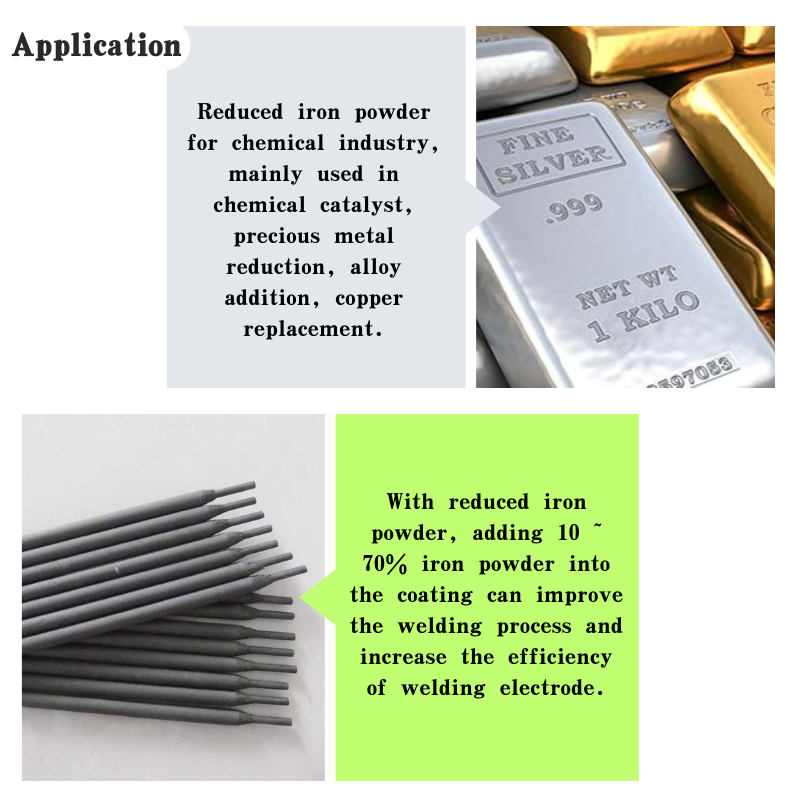
Four Key Varieties of Iron Ore and Their Unique Characteristics
The Four Types of Iron Ore An Overview
Iron ore is one of the most essential raw materials in the production of iron and steel, which serve as the backbone of modern infrastructure and manufacturing. As a result, understanding the different types of iron ore is crucial for industries that rely on this vital resource. Iron ore can be categorized into four primary types based on their mineral composition and formation processes. In this article, we will explore these four types Hematite, Magnetite, Limonite, and Siderite.
The Four Types of Iron Ore An Overview
2. Magnetite (Fe3O4) Magnetite, characterized by its magnetic properties and black color, comprises roughly 25-30% of iron ore production worldwide. Its chemical formula includes both iron(II) and iron(III) oxides (Fe3O4), making it richer in iron than hematite. One of the significant advantages of magnetite is its ability to be processed using magnetic separation techniques, making it easier and more cost-effective to refine. Magnetite is typically found in igneous and metamorphic rock formations, and it is often associated with deposits of higher grades, which can contain over 60% iron content. As a result, it is increasingly being mined for use in direct reduction processes along with blast furnace methods.
4 types of iron ore

3. Limonite (FeO(OH)·nH2O) Limonite is an amorphous iron oxide that typically forms in tropical and subtropical climates through the weathering process of iron-rich minerals. Its chemical structure is complex and can vary, but it generally contains around 60% iron by weight. Limonite is less frequently used in iron production compared to hematite and magnetite due to its lower iron content and higher impurity levels. However, it still holds value in certain regions where other iron ore types are scarce. The processing of limonite requires specific treatments to separate iron from its hydroxide form, which can make it less economically viable than the other types.
4. Siderite (FeCO3) Siderite is a carbonate mineral composed of iron carbonate, with an iron content of approximately 48% by weight. This ore occurs in sedimentary deposits and is often found in conjunction with coal seams and other minerals. Siderite is interesting for its distinct greenish color and unique formation process, which involves the precipitation of iron carbonate from water. Despite its lower iron content, siderite can still be used for iron production, often requiring calcination to convert it into a more usable form. Its availability in specific geological formations makes it a useful resource in certain mining contexts, albeit more limited than other iron ores.
Conclusion Understanding the four types of iron ore—Hematite, Magnetite, Limonite, and Siderite—is essential for industries reliant on iron and steel production. Each type has its unique characteristics, properties, and processing methods, influencing their economic viability and usage in various applications. As global demand for steel continues to rise, the exploration and utilization of these iron ore types will remain a key focus within the mining and metallurgy sectors. With advancements in mining technology and processing techniques, the efficiency of iron extraction from these ores will likely improve, ensuring a sustainable supply for future generations.
Share
-
Fly Ash Solutions Enhanced by GPT-4 Turbo | Sustainable InnovationNewsAug.01,2025
-
Natural Premium Bentonite Cat Litter - Superior ClumpingNewsJul.31,2025
-
Premium Resin Coated Sand - High Heat Resistance CastingNewsJul.31,2025
-
High Quality Silicon Carbide Grit for Abrasive ApplicationsNewsJul.30,2025
-
High-Quality Ceramsite for Plants & Gardening | Lightweight PebblesNewsJul.29,2025
-
Premium Burgundy Glass Marbles for Vases & Shooter GamesNewsJul.29,2025






